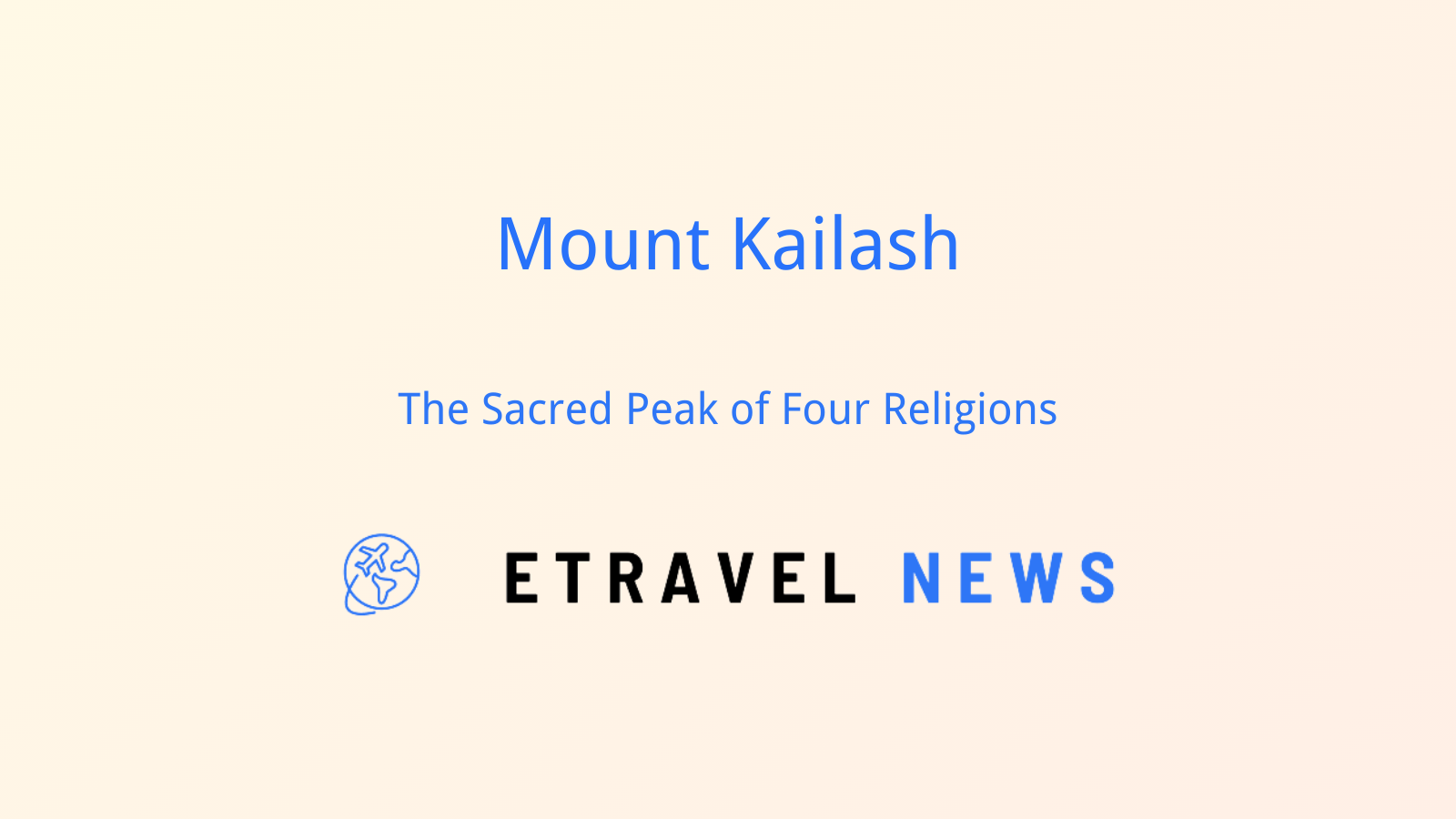Introduction to Mount Kailash
Mount Kailash, a majestic peak in the Transhimalayan region of Tibet, stands as a beacon of spiritual significance for millions across the globe. Located in the Ngari Prefecture of Tibet Autonomous Region, this natural wonder rises to an impressive height of 6,638 meters (21,778 feet) above sea level.
Key facts about Mount Kailash:
- Geographical coordinates: 31°4′N 81°19′E
- Distinctive pyramid-like shape with four steep faces
- Surrounded by lakes Manasarovar and Rakshastal
What sets Mount Kailash apart is its unparalleled religious importance. It is revered as a sacred site in four religions: Hinduism, Buddhism, Jainism, and Bon, making it a unique convergence point of diverse spiritual traditions.

Spiritual Significance
Mount Kailash holds profound spiritual meaning across multiple faiths:
| Religion | Significance |
|---|---|
| Hinduism | Abode of Lord Shiva and his consort Parvati |
| Buddhism | Represents the mythical Mount Meru, center of the universe |
| Jainism | Site where the first Tirthankara attained liberation |
| Bon | Spiritual center and axis mundi of the world |
In Hindu cosmology, Mount Kailash is believed to be where Lord Shiva sits in eternal meditation. Buddhists associate it with Demchok, representing supreme bliss. This convergence of beliefs has transformed the mountain into a symbol of spiritual unity and cosmic centrality.
The Kora: Sacred Circumambulation
The kora, or ritual circumambulation of Mount Kailash, is a profound spiritual journey for pilgrims and adventurers alike. This 52-kilometer circuit around the mountain is typically completed in a clockwise direction by Hindus and Buddhists, while followers of the Bon religion traditionally circle counterclockwise.
Key points along the kora route include:
- Tarboche flagpole: Marks the starting point of the pilgrimage
- Drolma La Pass: The highest point at 5,630 meters
- Gaurikund: A lake believed to be the bathing place of Parvati
Completing the kora is said to erase the sins of a lifetime, with some devoted pilgrims performing full-body prostrations along the entire path.
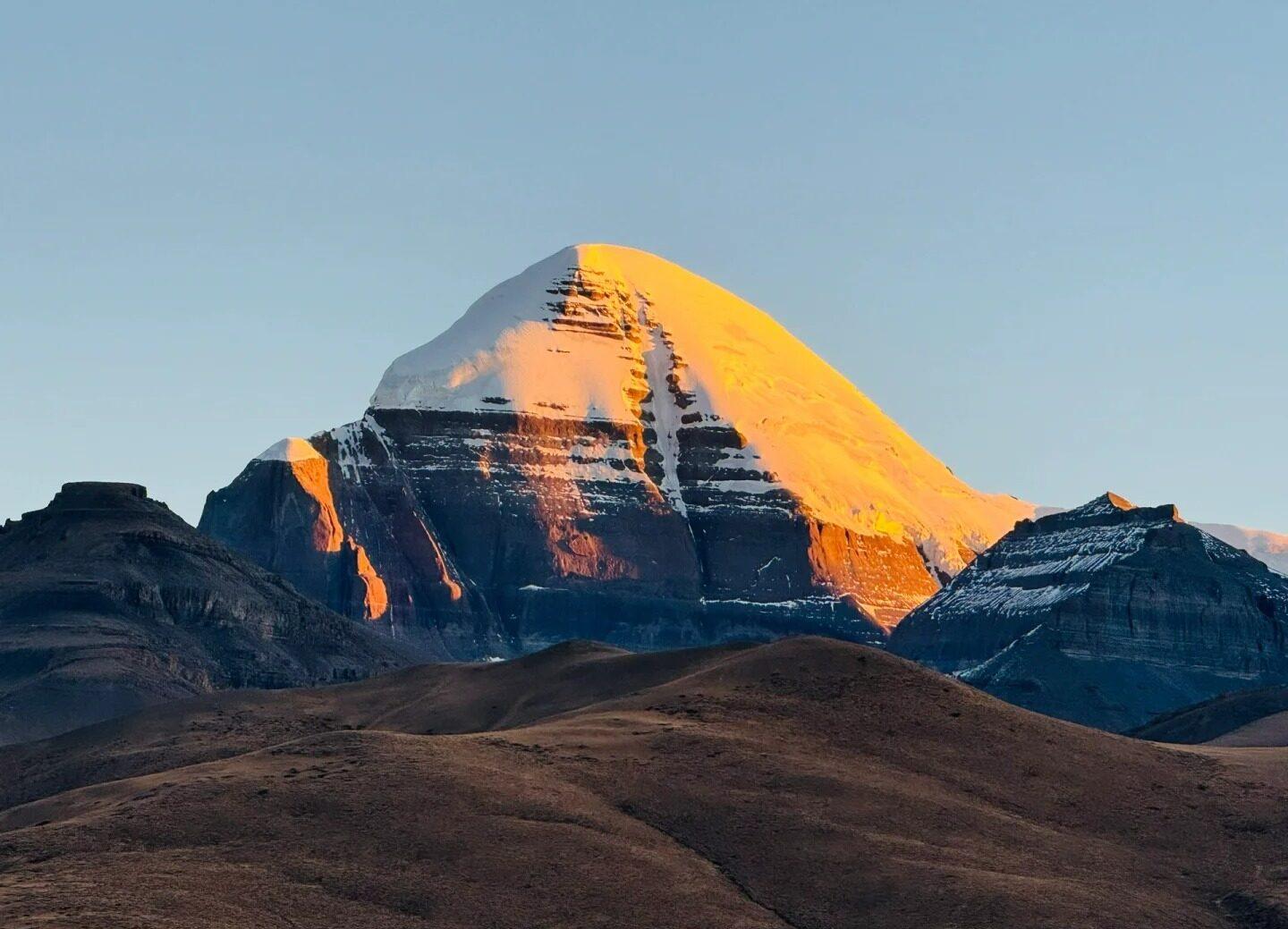
Natural Environment and Landscape
The area surrounding Mount Kailash is a tapestry of breathtaking natural beauty. Two lakes flank the mountain:
- Manasarovar: A freshwater lake considered sacred in multiple religions
- Rakshastal: A saltwater lake often associated with demonic forces in Hindu mythology
The region’s flora and fauna are adapted to the harsh high-altitude environment. Visitors might spot rare species like the snow leopard, Tibetan wild ass, and blue sheep.
Climate in the Mount Kailash region is severe, with long, cold winters and short, cool summers. The best time to visit is typically from mid-May to mid-October when temperatures are milder and skies clearer.
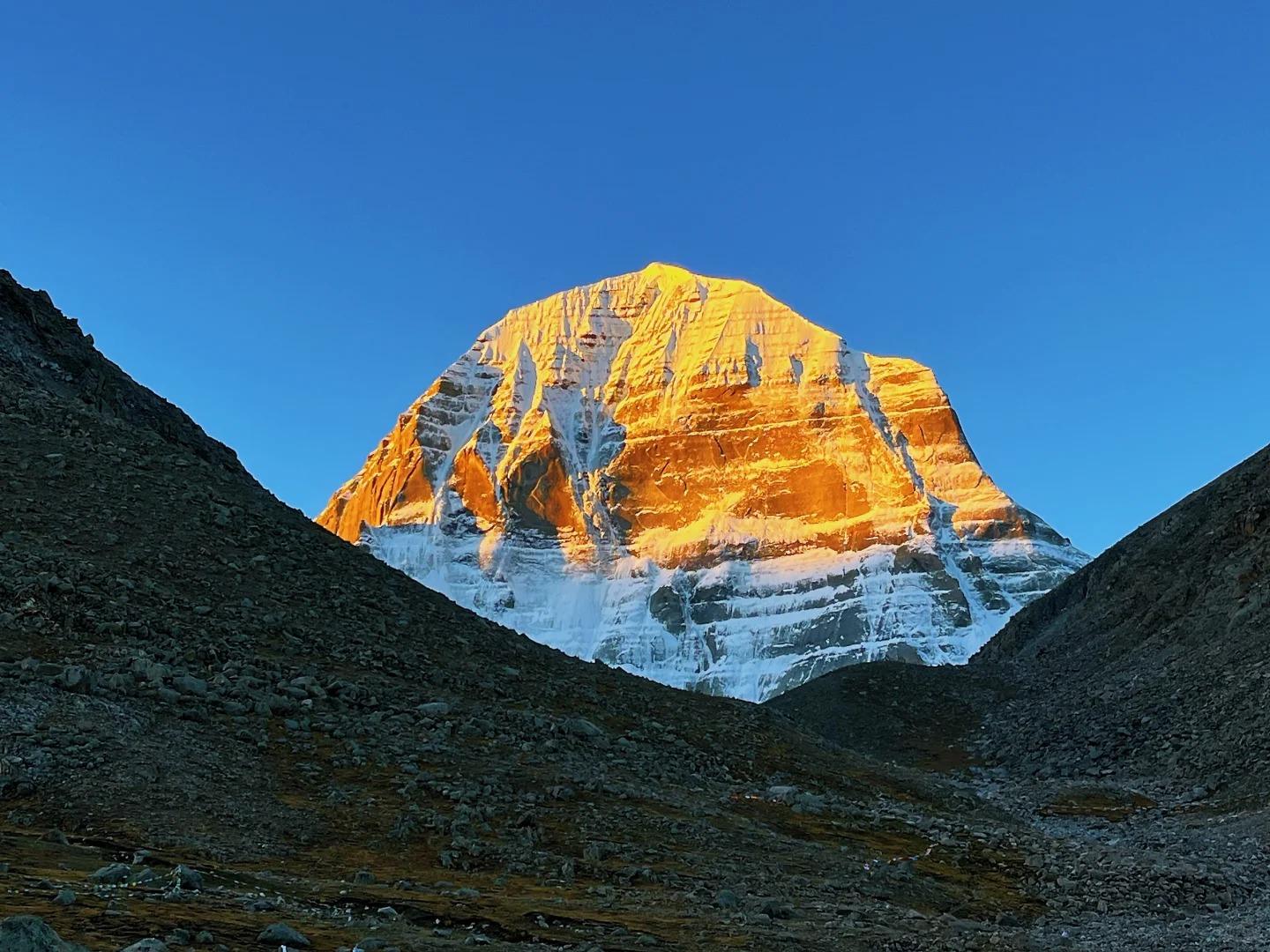
Climbing and Exploration History
Mount Kailash has never been climbed, largely due to its sacred status. Mountaineering attempts are forbidden out of respect for its religious significance. Famous explorers like Alexandra David-Néel and Herbert Tichy have documented their experiences in the region, contributing to its mystique.
Current policies strictly prohibit climbing Mount Kailash, preserving its pristine nature and spiritual integrity for future generations.
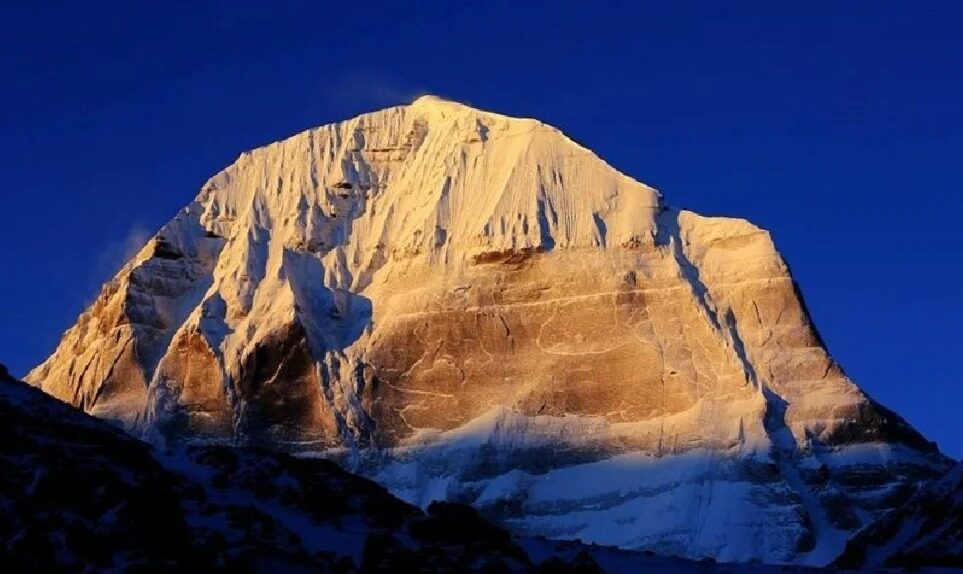
Practical Information for Travelers
Reaching Mount Kailash requires careful planning:
- Fly to Lhasa or enter Tibet from Nepal
- Obtain necessary permits (Tibet Travel Permit, Alien’s Travel Permit)
- Join an organized tour (mandatory for foreign visitors)
- Travel overland to Darchen, the starting point for the kora
Accommodation options range from basic guesthouses in Darchen to camping during the kora. Travelers should be prepared for basic facilities and high altitudes, requiring proper acclimatization and physical fitness.
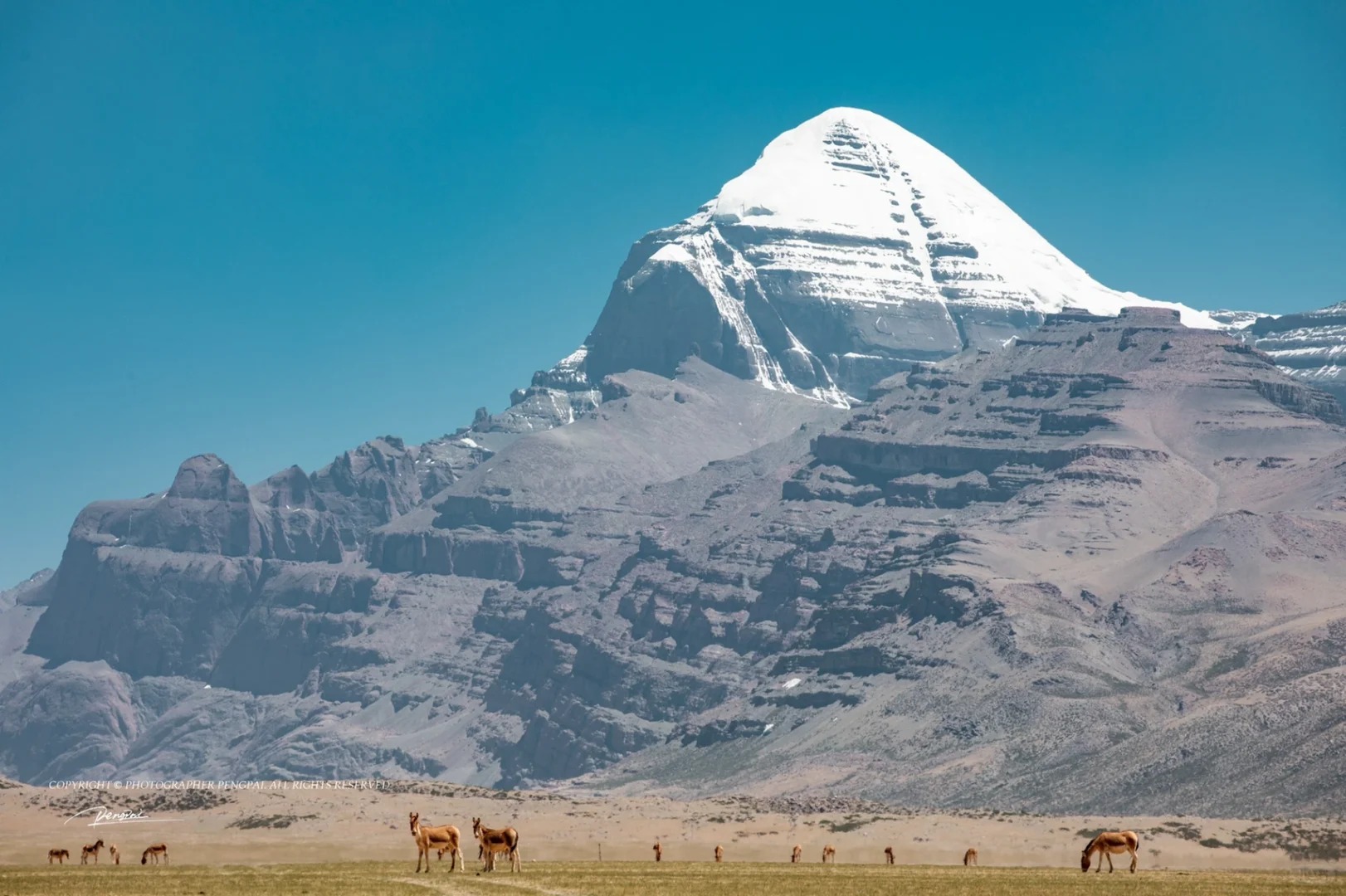
Cultural Experiences and Etiquette
Visiting Mount Kailash offers unique opportunities for cultural immersion:
- Observe pilgrims performing rituals and prostrations
- Participate in local festivals like Saga Dawa
- Explore nearby monasteries and caves
Etiquette tips:
- Dress modestly, especially at religious sites
- Ask permission before photographing people or sacred objects
- Respect the clockwise direction of circumambulation (unless you’re a Bon practitioner)
Mount Kailash, with its profound spiritual significance and stunning natural beauty, offers visitors a transformative experience. Whether you’re a pilgrim seeking enlightenment or a traveler in search of adventure, the journey to this sacred peak promises to be an unforgettable exploration of both the outer landscape and inner spirit.


